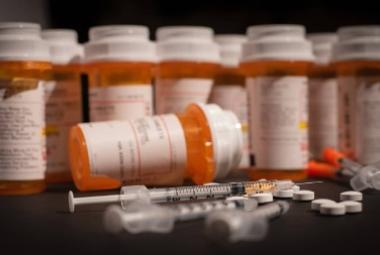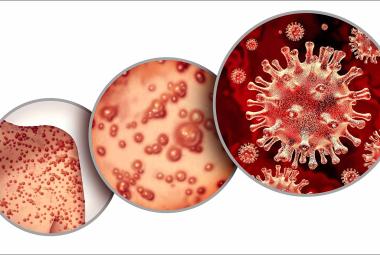The evolution of the human brain is a relatively recent occurrence in the world. There are “reward circuits” in the brain, specifically dopaminergic pathways in the mesolimbic system, that provide positive reinforcement for a variety of activities that favor human survival. In modern society, people are free to pursue all kinds of fun things that have nothing to do with keeping them alive. Whether their vice is a substance or a behavior, there is most certainly a line between something that is sustainable and healthy versus a life-damaging addiction. Which side of the line a given person falls on sometimes has as much to do with his or her psychological background and neurobiology as it does with the substance itself. Addiction is a structural re-wiring of the brain’s reward pathways that leads to a compulsive need to seek out the target of the person’s obsession, sometimes bypassing the parts of the brain that exert willpower and executive oversight. A great deal of research is ongoing in this field.
The newly published Diagnostic and Statistics Manual 5 has much to say on the subject of addiction pathology. Behavioral obsessions (e.g. sex, gambling, gaming) are not currently classified as psychopathology although much of the literature seems still to apply. The DSM-V characterizes a substance-addicted individual as having some, but not necessarily all, of the following traits:
- Pursuing increasing doses of the substance or increasingly intense experiences related to the substance.
- Multiple attempts at quitting or cutting down without success.
- Spending large amounts of time acquiring, under the influence of, or recovering from the substance.
- Experiencing intense cravings, especially in a drug-related environment (such as a bar). The DSM-V recommends asking this as “Have you ever had a time when you couldn’t think of anything else?”
- Failing to fulfill major obligations at work, home, or school.
- Continuing to use the substance despite past or future consequences at work, home, or school.
- Giving up other activities in favor of substance use. This may manifest as social withdrawal.
- Using the substance in physically dangerous situations, such as driving.
- Using the substance despite clear evidence of a physiologic problem that is being caused or worsened by the drug (e.g. cirrhosis, emphysema).
- Experiencing pharmacological tolerance. Tolerance is a reduced effect of the drug or the state of requiring a higher dosage to achieve the same effect. Some substances have different effects that develop tolerance at different rates. For example, the body becomes tolerant to heroin’s euphoric effect before its tendency to cause respiratory depression, increasing the risk of fatal overdose.
- Experiencing withdrawal symptoms, typically the opposite of the drug’s main effect. Some drugs do not have withdrawal symptoms. Note that tolerance and withdrawal by themselves are not enough to be called addiction.
In general, consuming large amounts of any substance, legal or otherwise, is potentially a problem. The expense, the social toll, the potential for accident or injury while impaired, and possible medication interactions are all reasons to reconsider this life choice. For pregnant or breastfeeding mothers, this is especially true. For more information, explore our other articles on caffeine, tobacco, alcohol (in pregnancy and in breastfeeding), marijuana, opiates, and Bath Salts. The National Institutes of Health also maintain pages on addictive substances that include information suitable for patients.
If you or someone you know needs help dealing with an addiction of any kind, call the SAMHSA treatment referral line at 1-800-662-HELP(4357) or use their online treatment locator.
James Abbey, MD
InfantRisk Center
Image by Homero Nuñez Chapa
References:
American Psychiatric Association., American Psychiatric Association. DSM-5 Task Force. Diagnostic and statistical manual of mental disorders : DSM-5. 5th ed. Washington, D.C.: American Psychiatric Association; 2013.







